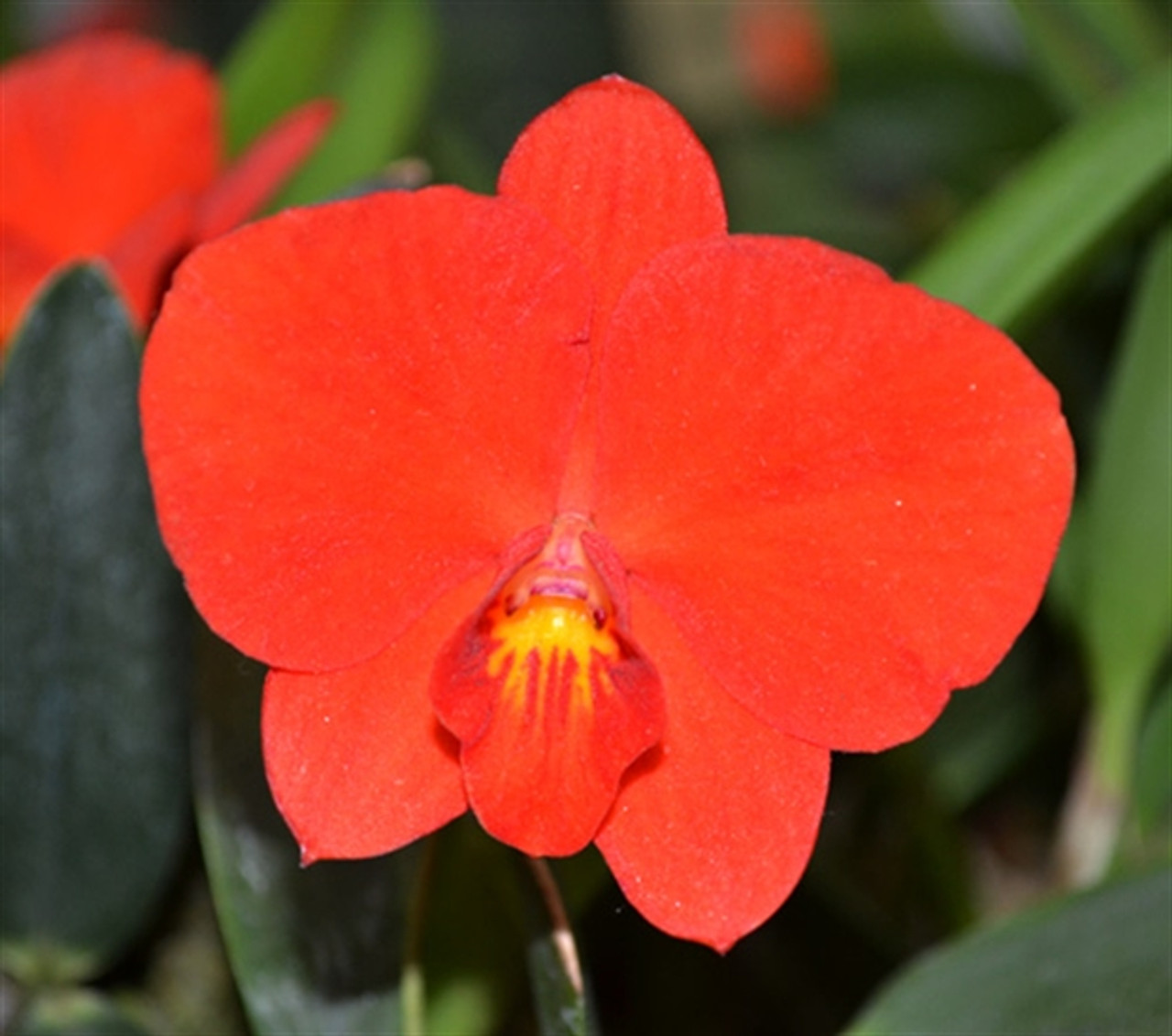Sophronitis Coccinea
Have you heard of the stunning orchid species known as sophronitis coccinea? This bright red plant with delicate, intricate flowers can be a stunning addition to any collection. But what do you really know about this particular type of orchid? Let’s take a closer look at sophronitis coccinea and learn more about this beautiful plant.
Pain Points of Sophronitis Coccinea
For many orchid enthusiasts, one of the biggest pain points with sophronitis coccinea is its reputation for being a bit finicky. This particular orchid is known for being somewhat difficult to care for, which can be a source of frustration for those who are dedicated to growing and nurturing their plants. Another pain point can be the cost; sophronitis coccinea is not always readily available, and when it is, it can be quite expensive.
What is Sophronitis Coccinea?
Sophronitis coccinea, also known as Cattleya coccinea, is an orchid species native to Brazil. It grows to be around 20-30 centimeters tall and has small flowers that are typically bright red in color. Although it can be a bit challenging to care for, this orchid is known for being a popular choice among collectors who are looking for a plant that is somewhat rare and unique.
Summary of Sophronitis Coccinea
In summary, sophronitis coccinea is a stunning orchid species that can be a bit tricky to care for. This plant is native to Brazil and is known for its delicate, bright red flowers. For those who are willing to put in the time and effort to care for this plant properly, sophronitis coccinea can be a rewarding addition to a plant collection.
Sophronitis Coccinea: My Personal Experience
When I first came across sophronitis coccinea in a local nursery, I was immediately drawn to its intricate flowers and vibrant color. Although I was a bit intimidated by the fact that it was known to be somewhat challenging to care for, I decided to take the plunge and add it to my collection.
Over time, I learned that sophronitis coccinea does require a bit more attention than some other orchid species. It needs a specific type of potting mix and should be kept in a humid environment. However, with some patience and dedication, I was able to successfully care for my plant and watch as it produced more and more beautiful flowers.
How to Care for Sophronitis Coccinea
If you are interested in adding sophronitis coccinea to your plant collection, it’s important to understand the specific care requirements that this plant needs. Here are a few tips:
- Make sure the plant has plenty of bright, indirect light
- Keep the plant in a humid environment (around 50-70% humidity)
- Use a potting mix that is specifically designed for orchids
- Water the plant regularly but be careful not to over-water
Why is Sophronitis Coccinea So Expensive?
One reason that sophronitis coccinea can be so expensive is due to its popularity among orchid collectors. This plant is somewhat rare and can be difficult to find, which drives up the price. Additionally, because it can be a bit challenging to care for, it requires more attention from growers, which can also increase the cost.
Sophronitis Coccinea: Frequently Asked Questions
Q: Can sophronitis coccinea be grown outdoors?
A: While sophronitis coccinea is technically a warm-weather plant, it is not recommended to grow it outside in areas that experience cold winters. Instead, it is best to keep it in an indoor environment where you can control the temperature and humidity levels.
Q: How often should I water my sophronitis coccinea plant?
A: Sophronitis coccinea should be watered regularly, but not too frequently. As a general rule, it is best to water the plant once every five to seven days or when the potting mix starts to feel dry to the touch.
Q: Can I fertilize my sophronitis coccinea plant?
A: Yes, fertilizing your plant on a regular basis can help it grow and produce more flowers. However, make sure to use a fertilizer that is specifically designed for orchids and follow the instructions carefully.
Q: Is it normal for my sophronitis coccinea plant to drop its flowers?
A: Yes, it is not unusual for the flowers of sophronitis coccinea to drop off after they have bloomed. This is a natural process and is nothing to be concerned about.
Conclusion of Sophronitis Coccinea
Sophronitis coccinea is a unique and beautiful orchid species that can be a real showstopper in any collection. While it is known for being somewhat finicky and expensive, with the right care and attention, this plant can bloom and grow for years to come.
Gallery
Sophronitis Coccinea (4N) ('Sublime' X Sib) - OrchidWeb

Photo Credit by: bing.com / sophronitis coccinea 4n plus
Sophronitis (Cattleya) Coccinea | Orchids Forum

Photo Credit by: bing.com / coccinea cattleya sophronitis flower
File:Sophronitis Coccinea Orchi 099.jpg
Photo Credit by: bing.com / sophronitis coccinea file orchi commons usage other wikis history
File:Sophronitis Coccinea Orchi 195.jpg
Photo Credit by: bing.com / coccinea sophronitis file orchi commons
Sophronitis Coccinea (4N) ('Sublime' X Sib) - OrchidWeb

Photo Credit by: bing.com / sophronitis coccinea orchid species 4n plus alchetron